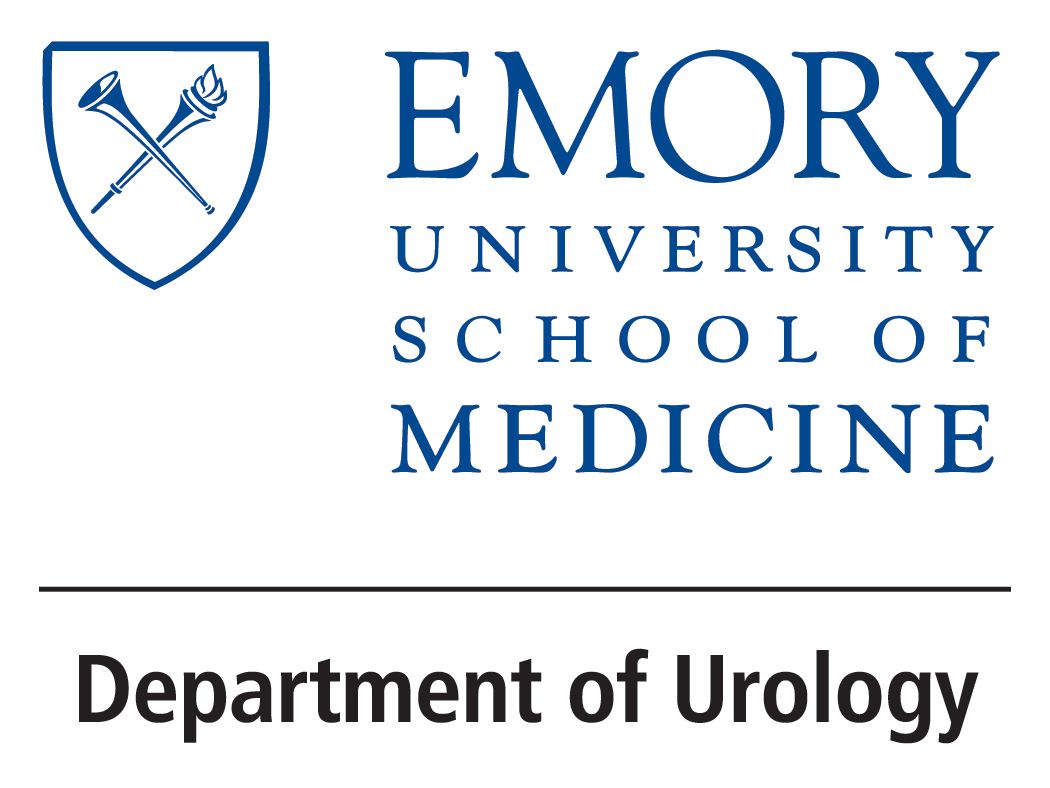
Vikram Narayran, MD, on tech-driven changes that are enhancing patient care

Vikram M. Narayan, MD, discusses Emory's recent shift to Apple products, aimed at reducing physician burnout and improving patient interactions.
Physicians at Emory University are rethinking how technology fits into clinical encounters—transforming it from a barrier to a seamless tool for patient care. According to Vikram M. Narayan, MD, a urologic oncologist at Emory in Atlanta, Georgia, the institution’s recent shift to Apple products is helping reduce burnout from excessive screen time and improve face-to-face interactions with patients.
“One of the things that a lot of clinicians can probably relate to is the fact that we, over the last several years, and really the last decade, have found that a lot of what patient care starts to involve is spending time on a computer,” Narayan told Urology Times®. “This really detracts from not only the experience a patient has, but it certainly takes away from what a lot of us go into medicine for.”
Historically, Emory—like many academic centers—relied on Epic, the widely used electronic medical record (EMR) system, accessed via Windows machines through virtualization layers like Citrix. These systems often introduced lag and friction, hindering efficiency and disrupting face-to-face care. With the rollout of Epic’s Hyperspace application natively on Mac, clinicians can now securely access the EMR directly from their MacBooks, eliminating much of that delay.
According to Narayan, the feedback has been overwhelmingly positive: clinicians and nurses have reported improved ergonomics, longer battery life on mobile iMac stations, and clearer displays.
Another effort to improve the patient-doctor interaction has been through the use of ambient documentation tools, which allow clinicians to engage in natural conversations with patients while the software transcribes and summarizes notes in the background. Narayan references a patient encounter he conducted using ambient listening, which was featured in
You can also read more about Emory’s use of this technology from
Newsletter
Stay current with the latest urology news and practice-changing insights — sign up now for the essential updates every urologist needs.



















